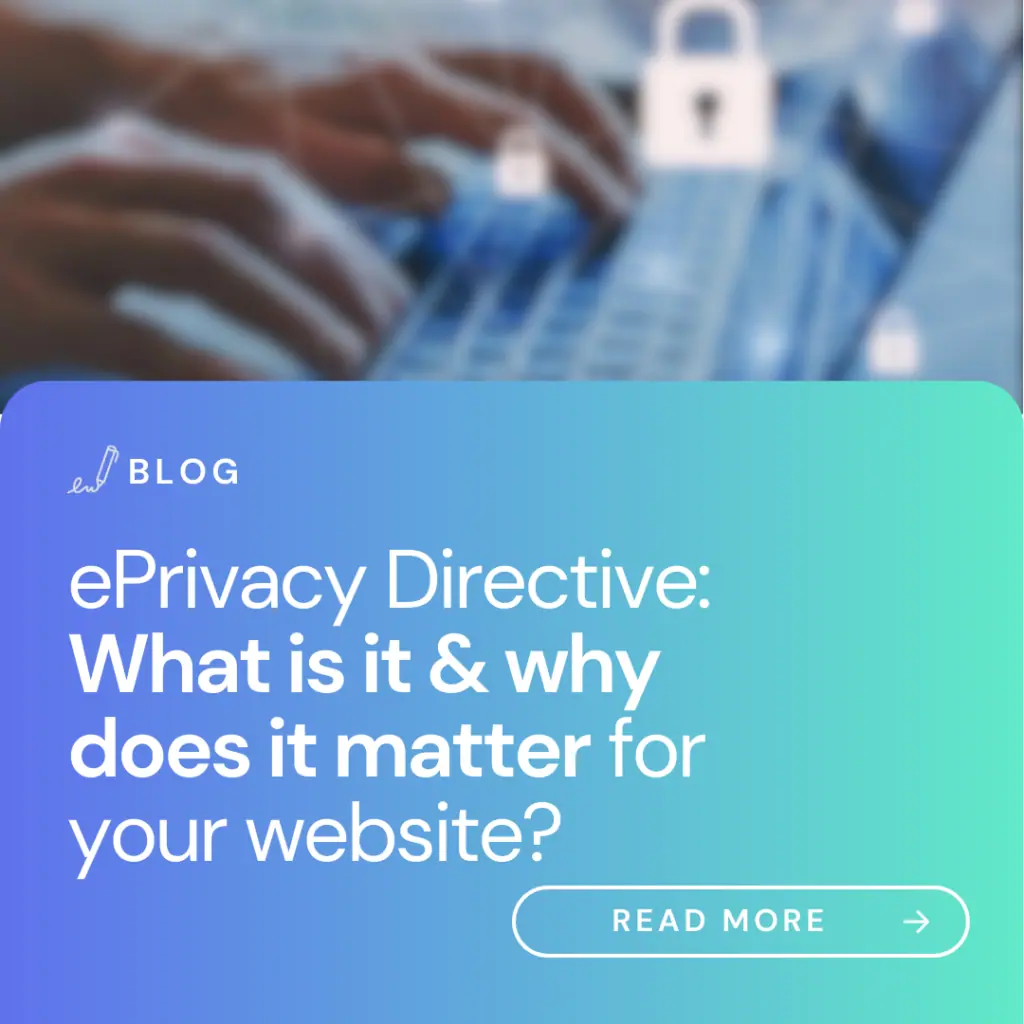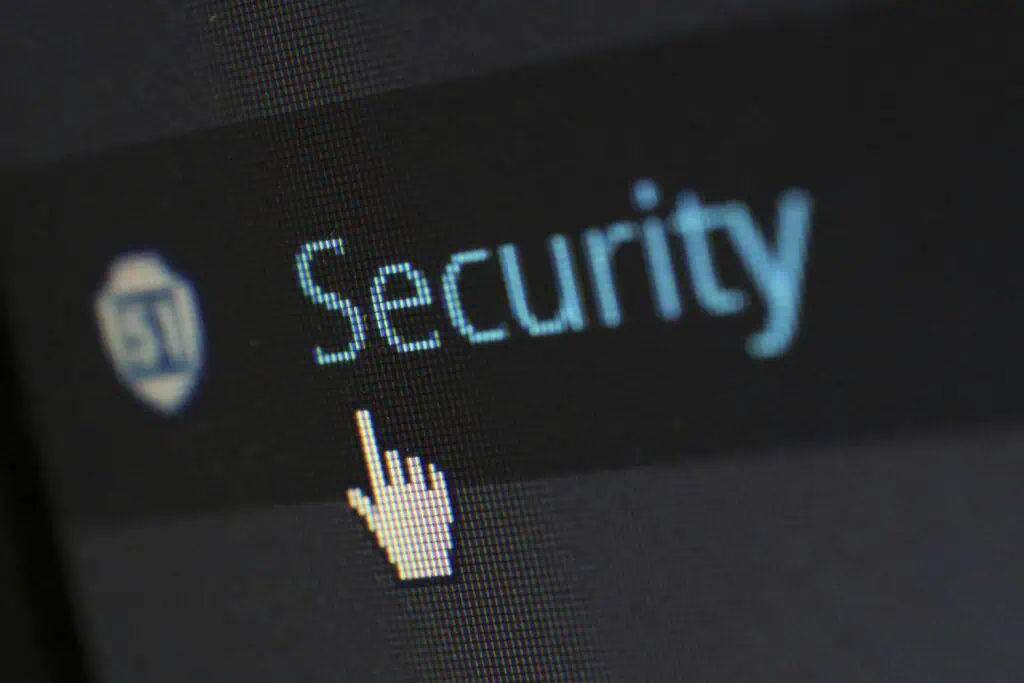

At Lawwwing, we’ve got you covered with everything you need to know about the ePrivacy Directive. This directive sets out specific rules on privacy and data protection in the electronic communications sector within the European Union. Often considered a complement to the GDPR, it regulates key aspects such as cookie use, digital marketing, and the confidentiality of communications.
The Privacy and Electronic Communications Directive, commonly known as the ePrivacy Directive, is an EU regulation governing privacy in telecommunications and the use of tracking technologies, such as cookies. Since it's initial adoption in 2002 and subsequent amendment in 2009, it has served as the legal foundation for digital privacy protection.
While the GDPR (2018) sets out general principes for data protection, the ePrivacy Directive focuses on more specific aspects related to electronic communications. For example, it regulates cookie use, the protection of communication content, and direct marketing.
The difference between a Directive and a Regulation is that a Regulation applies directly to all EU countries, while a Directive must be transposed into national law. That’s why the GDPR is immediately enforceable across all EU states, whereas ePrivacy is implemented through country-specific laws (even though the objectives remain the same). In Spain, the ePrivacy Directive is reflected in the LOPDGDD, the LSSI, and the General Telecommunications Law.
If your website uses cookies, sends promotional emails, or has tracking elements, you must comply with this regulation. To ensure your website meets ePrivacy requirements, follow these steps:

The ePrivacy Directive states that, except for certain exceptions, cookies can only be stored on a user’s device with their prior and explicit consent. To comply with this regulation, your website must display a clear and transparent cookie banner informing users about:
🔹 The cookies used and their purpose.
🔹 The option to accept, reject, or configure them.
🔹 Easy access to the cookie policy for more details.
The ePrivacy Directive also regulates direct marketing via email, SMS, or phone calls. To send commercial messages to users, you must:
Since 2017, the ePrivacy Directive has been in the process of being replaced by the future ePrivacy Regulation, which is expected to harmonize the rules across all EU countries and strengthen digital privacy protection. In the meantime, each country applies the Directive through national laws, such as Spain’s Information Society Services Law (LSSI).
However, the ePrivacy Regulation has faced multiple delays and has not yet been officially approved. When it comes into effect, it is expected to:
Complying with digital regulations can seem overwhelming, but with Lawwwing, it’s easy. Our platform provides automated tools and expert guidance to ensure your website and business processes fully comply with the ePrivacy Directive and other data protection regulations.
Don’t let digital regulations become a barrier to your business. With Lawwwing, compliance is simple, fast, and without complications